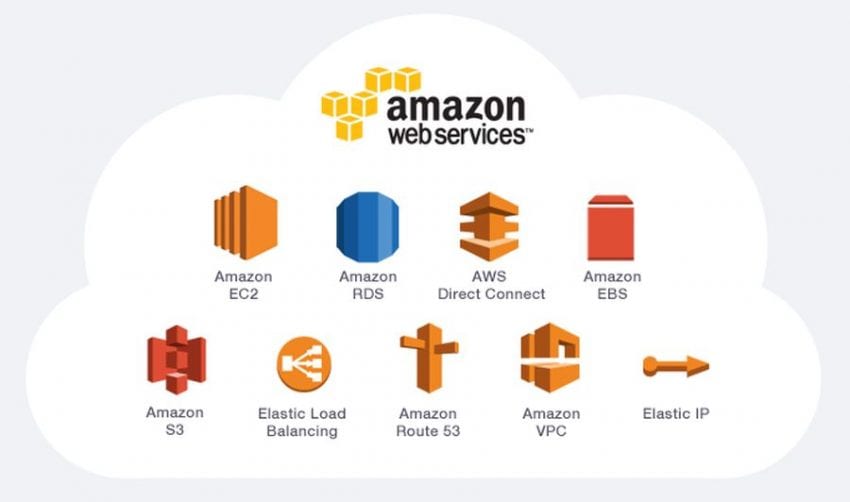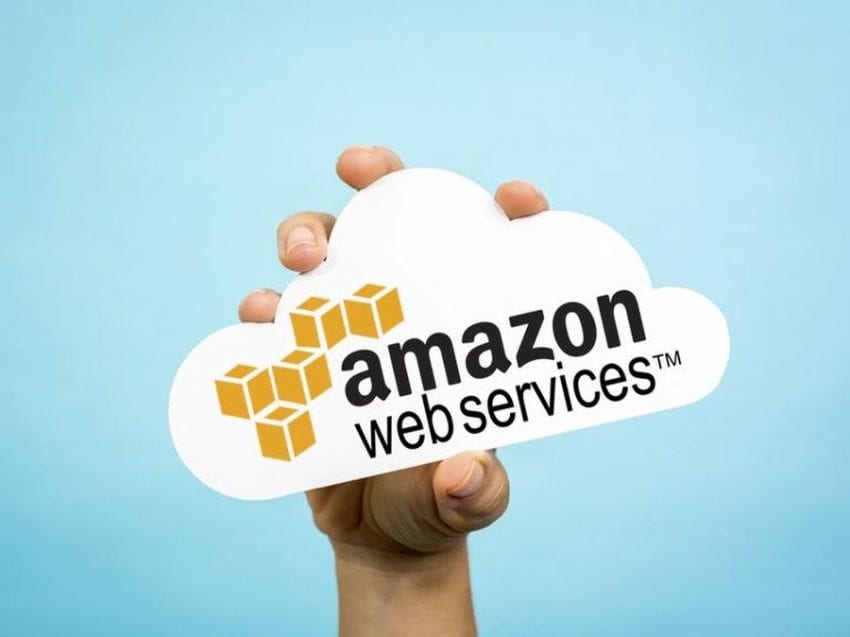For anyone in business or tech, having a full understanding of Amazon Web Services (AWS) is essential. According to open source software development company ActiveState, AWS is the largest public cloud provider ahead of Azure and Google Cloud Platform.
So, what should know about AWS and its applications in business and technology?
The Basics
AWS is a cloud computing service originally launched by Amazon in 2006.
It was intended as Amazon’s internal platform to manage its IT resources, but now Amazon has become the world’s top provider of cloud solutions yet an ultimate alternative to Microsoft Azure, Google Cloud, and IBM cloud, according to Alterwebhost research.
Before cloud solutions, including AWS, companies needed to have a way to store and manage their own data, and they needed an IT team to help them manage their resources. There needed to be resources dedicated to redundancy and backups and the management of the machines themselves. As you can imagine, this was costly and took up a lot of time and human capital resources as well.

Amazon wanted to have their own infrastructure in a more streamlined and cost-effective way.
Now thanks to cloud computing, companies can rent their IT infrastructure, which has made things much easier for entrepreneurs and business owners. Companies no longer have to manage onsite data, and things like disaster recovery are simpler.
Amazon Web Services include IaaS, which is Infrastructure-as-a-Service and PaaS, which is Platform-as-a-Service.
AWS Services
A general overview of the services available from AWS include not only data storage and website hosting but gave development, AI, and robotics tool. Some of the specific services available with AWS include:
- Amazon EC2, which is for server configuration and hosting.
- Amazon S3, for data storage and data movement using “buckets.”
- Amazon infrequent Access Storage which allows for 99.9% data availability
- Amazon Glacier, for long-term, deep storage of infrequently used items
- AWS Elastic Load Balancer which helps make sure requests go to the right server and not to server hotspots
- Amazon CloudFront, which is a content delivery system offering optimized cost and speed

Some things you can do with AWS include:
- Run application and web servers in the cloud for dynamic web hosting
- Secure file storage on the cloud
- The use of managed databases such as MySQL
- Delivery of files using a Content Delivery Network
- Bulk sending of emails
Developer Tools
AWS offers great developer tools, including:
- CodeStar which is a service for working on software development on AWS. This allows for ease in the development, building, and deployment of applications on AWS.
- CodeCommit which is a version control services so you can keep your code and assets stored privately.
- CodeBuild which delivers building automation.
- CodeDeploy to deploy code automatically in instances of EC2
- CodePipeline which lets you keep track of all the steps in your deployment process.
- Cloud9, which is a cloud-based environment to write, run, and debug code.
What Are the Benefits of AWS?
So why exactly is AWS so popular and continuing to grow? The following are some of the many reasons:

- The pricing allows you to pay only for what you’re using. With traditional hardware, the majority of it is going unused, but with AWS, you are getting and paying just for the components you need, and it’s scalable as your traffic grows. If your traffic is in a slow period, you pay less, which is really
- You can deploy an application to different regions of the world, and this requires just a few steps.
- With AWS, you can use familiar programming, operating systems, architectures, and
- Deployment is fast.
- There are hybrid options.
- Along with low implementation and upfront costs, the ongoing costs are lower than with other IT options.
- Capacity flexibility.
- Small businesses can take the resources they would ordinarily put toward a data center and instead spend in more innovative areas.
There are disadvantages too. For example, there are certain cloud computing issues that can potentially occur with AWS. As an example, when you use cloud services, you have limited control, and there are downtime concerns to be aware of, as well as risks related to backup protection.
If you do want higher level assistance with something, you’re going to have to choose a paid support packages. There can be issues when you move to cloud computing as well, such as downtime. Cloud-related problems aren’t specific to AWS, however, and occur in most cases when a business moves to cloud computing in general.
Regardless of the disadvantages, AWS is likely here to stay and is the main component of the Amazon business model at this point.









